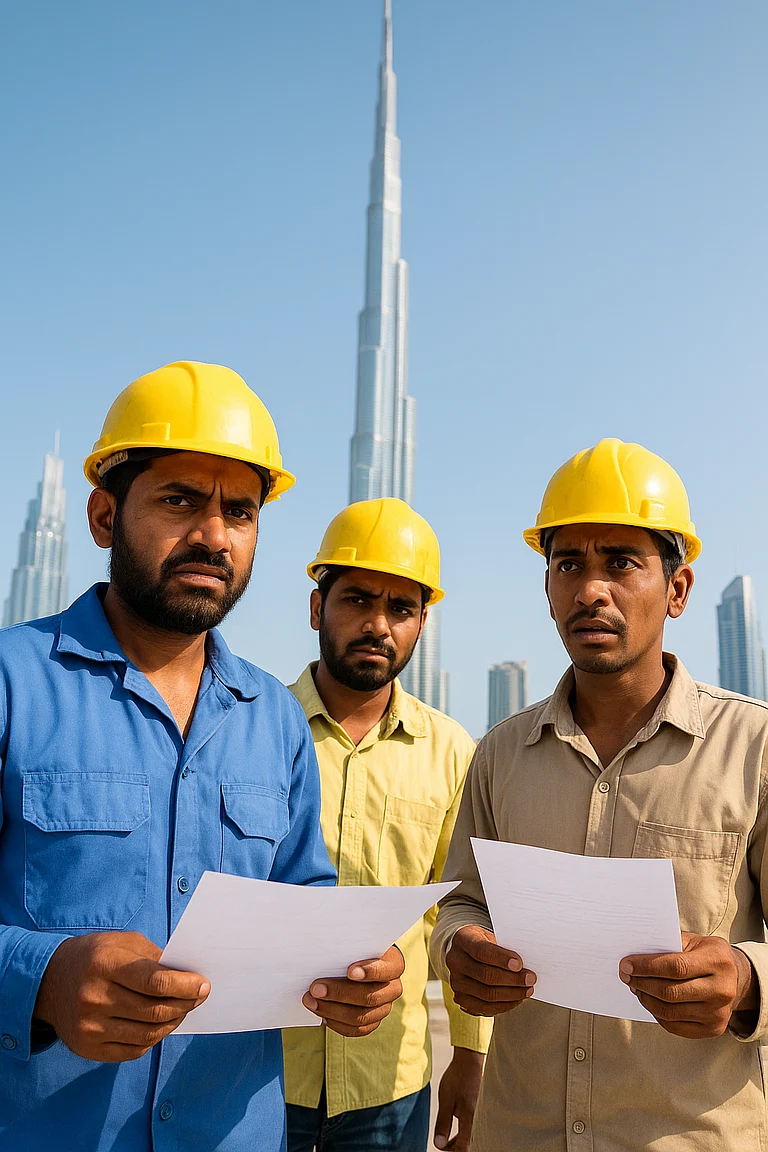
India has replaced 29 labour laws with four new labour codes
The reform is meant to simplify compliance and strengthen worker welfare
It also updates rules that had remained unchanged for decades
The central government on Friday implemented all four labour codes and replaced 29 existing laws. These four labour codes include the Code on Wages, 2019, the Industrial Relations code, 2020, the Code on Social Security, 2020, and the Occupational Safety, 2020, and Health and Working Conditions Code, 2020.
These regulations will enhance workers’ welfare and align the labour ecosystem with the evolving world of work, said the labour ministry in an official statement.
In short, it will streamline a patchwork of labour regulations that had long been spread across numerous Acts, unifying them under a single framework. Several of these legacy laws were drafted in the pre- and early post-Independence periods and are widely viewed as ill-suited for today’s rapidly formalising economy and evolving work models.
While most major economies have updated and consolidated their labour regulations in recent decades, India continued to operate under fragmented, complex and in several parts outdated provisions spread across 29 central labour laws.
These restrictive frameworks struggled to keep pace with changing economic realities and evolving forms of employment, creating uncertainty and increasing compliance burden for both workers and industry.
The implementation of the four Labour Codes addresses this long-pending need to move beyond colonial-era structures and align with modern global trends. Together, these codes empower both workers and enterprises, building a workforce that is protected, productive and aligned with the evolving world of work.
Under the new rules, fixed-term employees are now eligible for gratuity after one year, social security coverage is now expanded to MSMEe, and gig workers receive formal recognition for the first time. In addition, some sectors will have mandatory annual health check-ups, clearer safety standards, and timely wage-payment guarantees.
Women will now be permitted to work night shifts in all sectors, provided they consent and suitable safety measures are in place.
The new framework brings a range of updates designed to strengthen workplace safeguards and simplify compliance. Instead of numerous filings, employers will move to a unified system with one registration and one consolidated return.
Inspectors are now redesignated as facilitators, who will prioritise supporting and advising establishments instead of relying on punitive action. A nationwide floor wage will set a minimum earning level for all workers, and gender-neutral pay rules will bar any form of wage discrimination, including against transgender employees.
For the first time, uniform safety and social-security standards will apply to plantation labour, beedi and dock workers, mining employees, and those in hazardous sectors. Workers in audio-visual and digital media — from journalists to creators in electronic and OTT platforms — will also receive formal appointment letters detailing their pay, responsibilities and benefits.
The government will likewise engage the public and stakeholders in the framing of the corresponding rules, regulations, schemes, etc. under the Codes. During transition, the relevant provisions of the existing labour Acts and their respective rules, regulations, notifications, standards, schemes, etc. will continue to remain in force.
It further stated that India has expanded social-security coverage from about 19% of the workforce in 2015 to more than 64% in 2025, ensuring that protection and dignity reach workers across the country, and also earning recognition in the global arena for this milestone achievement in social protection.






























